Introduction: Hello farmers and gardeners, today we are back with a great information of growing vegetables in winter season. Winter vegetable growing allows you to extend the season and several vegetables that can be grown in winter will produce earlier crops than spring plantings.
A step by step guide to growing vegetables in winter
The key to successful winter vegetable gardening is planting hardy vegetables that are tolerant of the cold. Indian winter is the best season to grow a variety of vegetables in a kitchen garden. This growing season is also called as the Rabi season. Some types of vegetables in India are only grown as Rabi crops.
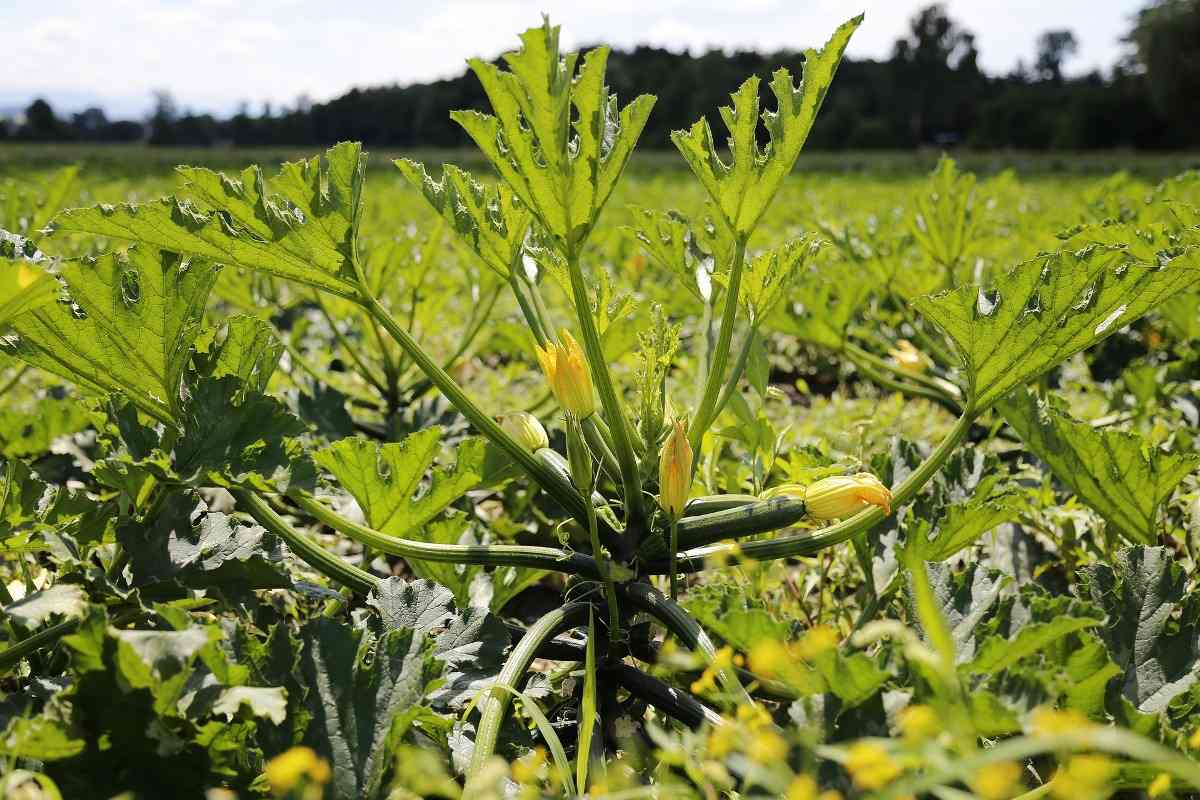
Effect of soil and environment on winter vegetables
Soil and environment is the main part of crop production. Vegetables require good soil and the environment for better production. Mainly vegetable produce in winter but all over the season vegetable plants can grow. In vegetables, production mainly depends on soil and the environment. In soil pH level, soil moisture, soil humidity, soil texture, and soil fertility are the needs for good vegetables. Other than temperature; rainfall, humidity, and light intensity are also required for vegetable production. Mainly vegetable production depends on the soil and environment.
Soil textural conditions for vegetables
Soil types refer to the physical composition or several properties of the soil. Soil mainly consists of mineral and decompose organic matter. Optimum vegetables can generate in well-drained sandy loam soil. Although winter vegetables can be grown on a wide range of soil types, they are not well adapted to heavy clay soil types but every texture has some general constraints for vegetable cultivation.
Effects of soil fertility in winter vegetables
Soil fertility is the inherent capacity of the soil to give nutrients in adequate amounts and proper balance for the growth of specific winter vegetables. Fertile soil is generally rich in nitrogen, phosphorus, and potassium, and having sufficient trace elements and soil organic matter that improves soil structure and soil moisture retention.
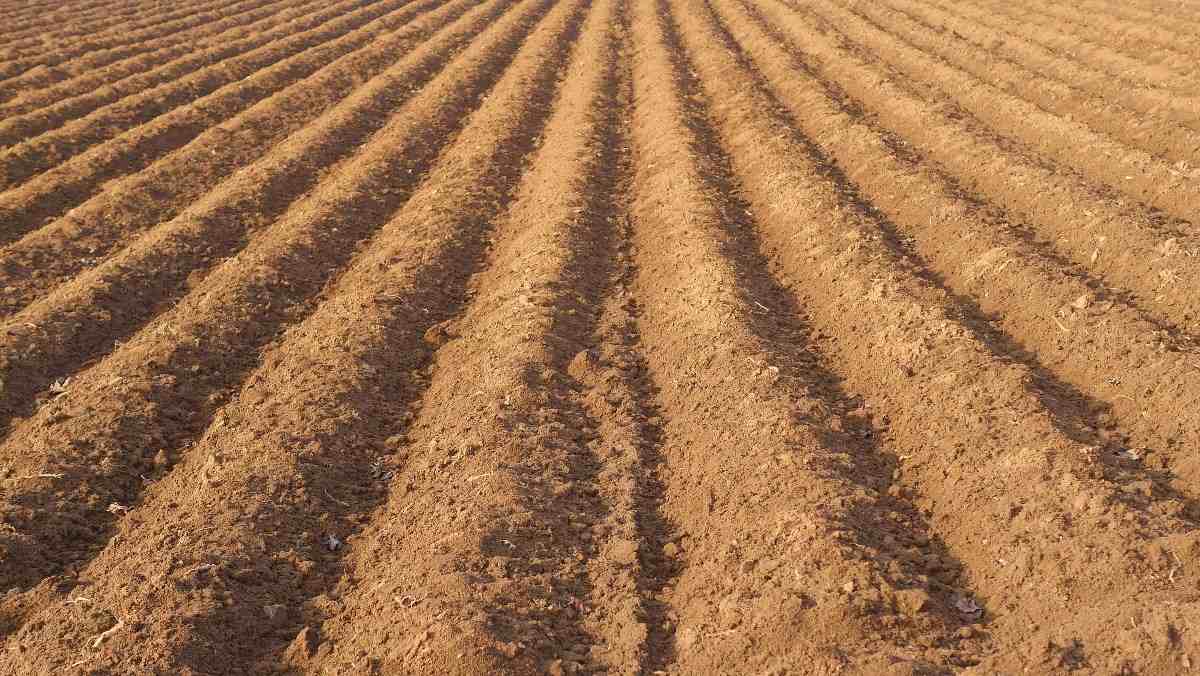
Leafy greens in the winter season
Grow leafy greens during the winter season. Leafy salad greens are hardy and capable of withstanding cold temperature ranges and frosts. To grow leafy greens for a winter harvest, plant these plants in the ground during the summer. Some leafy greens you can try growing in winter are;
- Arugula
- Parsley
- Spinach
- Endives
Root vegetables in winter
Plant root vegetable plants to harvest throughout winter. Like leafy greens, root vegetables can withstand winter conditions with enough protection. Plant root vegetable plants directly in the ground in late summer or early fall for a winter harvest. Some roots vegetables grow in winter are;
- Carrots
- Beets
- Radishes
- Turnips
- Parsnips
You should not miss the Tomato Blossom Drop Causes and Control Methods.
Growing brassicas in winter
Try growing brassicas in your winter. To grow brassicas in the winter season, plant them in an outdoor seedbed in late spring or early summer. You can start them indoors in seed trays or pots. If you start brassicas indoors, transfer them into the ground outside once they grow into seedlings with a few sets of leaves. Some of the popular brassicas you can grow over the winter are;
- Broccoli
- Brussels sprouts
- Cabbage
- Kohlrabi
Factors responsible for the variation of the yield of winter vegetables
Light, temperature, water, and soil‒greatly influence plant development and geographic distribution. These all factors determine the suitability of a crop for a particular location, cropping pattern, management practices, and levels of inputs needed. A crop performs best and least costly to produce if it is grown under the most favorable environmental conditions. To maximize the production of the crop, it is important to understand how these environmental factors affect plant growth and development.
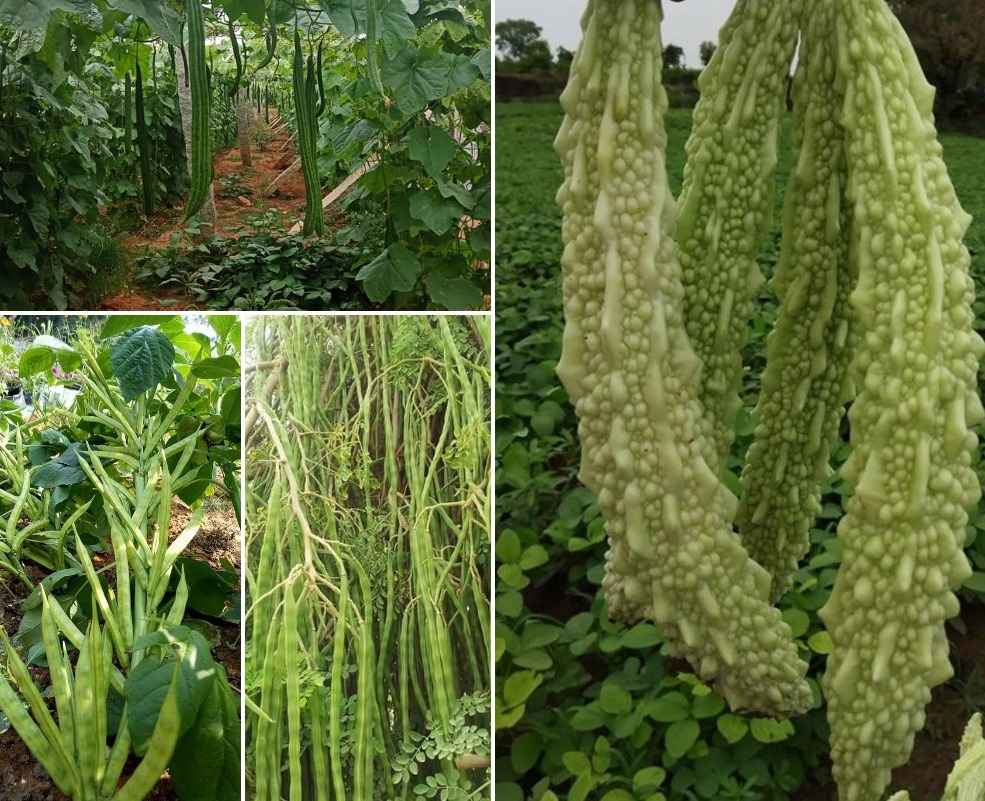
Effects of light
The light intensity changes with elevation, latitude, and season, and other factors such as clouds, dust, smoke, or fog. The total amount of light received by a crop plant is affected by cropping systems and crop density. Different type of plants differs in their light requirements. Sunlight is necessary for any crop. Dry matter production often increases in direct proportion to increasing amounts of light.
The amount of sunlight received by plants in a particular region is mainly affected by the intensity of the incoming light and the day length. The light intensity changes with elevation, latitude, and season, as well as other factors that are clouds, dust, smoke, or fog. The total amount of light received by a crop plant is affected by cropping systems and crop density.
Different plants differ in their light requirements that means plants thrive in full sun but grow poorly in shade, plants will produce an edible crop when grown in a shady location. However, these plants require at least 50-80% of full sun and plants thrive in 30-50% of full sun but weaken in full sun. Shading sometimes is used to inhibit pigment development in crops in which the lack of color is a very important quality factor. Due to the tilt of the earth’s axis and its travel around the sun, the day length changes with season and latitude. Photoperiod controls flowering or formation of storage organs in some species.
Effects of temperature
Temperature influences the photosynthesis process, water and nutrient absorption, transpiration, respiration, crop yield, quality, harvest duration, and shelf life. Different plants contain different temperature requirements. However, for most crop species, optimum temperatures generally range around 25ºC. Temperature requirements (usually based on night temperature) of plants are given by the cardinal values and derived range for “effective growth” (growth range) and “optimum growth” (optimum range).
You may also like the Crops Suitable for Sandy Soil.
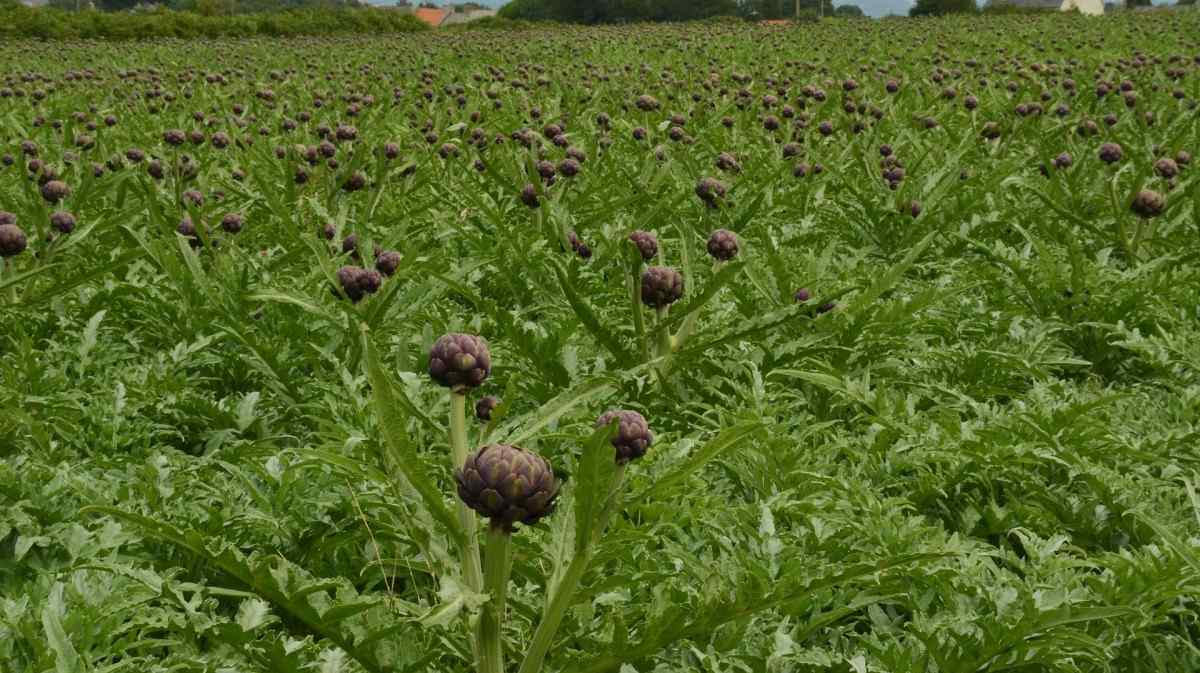
Vegetables to grow in winter
Most winter vegetables are fully hardy and will cope well with cold winter weather, but if hard frosts threaten then you can always throw some fleece across them to give some extra protection.
Onions
Onions like cool weather in the early part of their growth, so plant them in spring and except in mild-winter areas, where onions are grown as a fall or winter crop. Onions are a cold-season crop, easy to produce because of their hardiness.
Onions have a long growing season and won’t be ready for harvesting until next summer, so you will want to plan carefully as they will still be in the ground when you start planting other crops in spring. A biennial plant, onions can survive the winter and even last two years and though they do grow best in milder climates.
Garlic
Growing garlic couldn’t be easier and there are lots of varieties to prefer from for autumn planting. Growing garlic can be profitable as garlic is one of the most profitable crops to grow. It is a bulbous plant belonging to the Amaryllidaceae family. This plant grows to a height of 4 ft. and produces flowers. Garlic cultivation needs a combination of different types of climate conditions. It wants a cool and moist climate for bulb development
Spring Onions
Winter hardy varieties of Spring onion will make a tasty accompaniment to winter salads. They are a fairly quick-growing crop and early autumn sowings must be ready to harvest by early spring. Spring Onion ‘White Lisbon’ is a very popular and reliable winter hardy variety.
Spinach (Palak)
A leafy vegetable popular for its nutritive value, easy to grow and ready availability. It does well in a cool climate condition, full sunlight as well as partial shade (3-4 hours). The seed is sown directly in raised beds and harvesting of greens can be done within 30 days of seed sowing. Only 3 gm spinach seeds are required per 100 sq. ft. area.
Broad Beans
Autumn has sown broad beans can be harvested in spring up to a month earlier than spring sowed bean plants. Broad Bean ‘Aquadulce Claudia’ is one of the best for autumn sowings, being mainly quick to establish.
Peas
Pea is also called garden pea, herbaceous annual plant in the family Fabaceae, grown virtually worldwide for its edible seeds. Peas can be bought fresh, canned, or frozen, and dried peas are usually used in soups. Autumn sowings of rounded varieties, for example, Pea ‘Kelvedon Wonder’ and Pea ‘Meteor’ are particularly hardy and will give you a head start next season.
Asparagus
Asparagus can be grown in most parts of the country but especially well in cooler regions with longer, colder winters. These periods of dormancy allow asparagus stalks to produce more robustly in the spring than they do in warmer regions with milder winters. If you have plenty of space then why not plants a permanent asparagus bed this autumn. Select autumn planting variety such as Asparagus ‘Mondeo’ or the colorful variety ‘Pacific Purple’.
Broccoli
Broccoli is a green vegetable that vaguely resembles a miniature tree and it belongs to the plant species known as Brassica oleracea. Broccoli crop required cold weather and this crop can be cultivated all over India during the winter season and areas, where rainfall is less. For Broccoli production, the ideal temperature range required 25 to 26°C during the day and 16 to 17°C in the night. This can be grown in a wide variety of soils type. To obtain a better yield from broccoli crop sandy and silt loam soils are most preferred. The soil pH level should be between 5.5 – 6.5.
Cabbage
Cabbage is a small, leafy biennial producing a compact globular mass of smooth leaves wrapped over each other known as head. The outer leaves are normally larger than the inner. Plants flower generally after the winter season. Cultivation of cabbage is done mostly on sandy to heavy soils rich in organic matter. Early crops choose light soil while late crops thrive better on heavier soils due to retention of moisture. On heavy soils, plants produce more slowly and the keeping quality is improved. A pH range of 6.0 to 6.5 is considered optimum for growing cabbage. Cabbage growing in saline soils is prone to diseases.
Incase if you miss Pearl Farming Project Report.
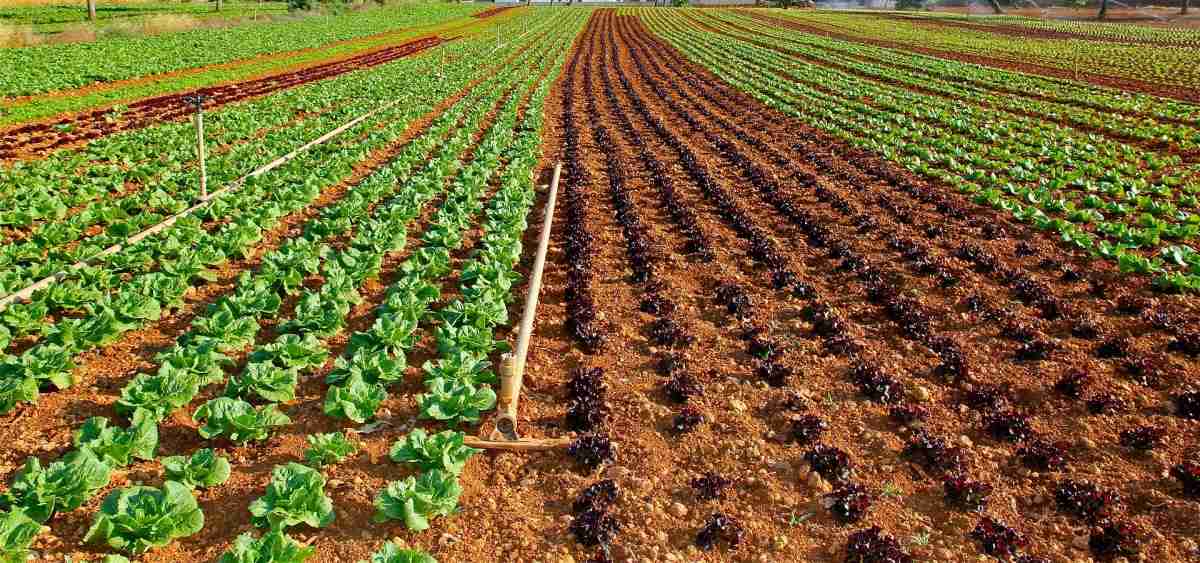
Capsicum
Capsicum is also called sweet pepper or bell pepper. It is one of the popular vegetables grown throughout India and it is a cool-season crop, but it can be grown around the year using protected structures where temperature and relative humidity (RH) can be manipulated. This crop requires a day temperature of 25-30°C and a night temperature of 18-20°C with a relative humidity of 50 to 60%. If the temperature range exceeds 35°C or falls below 12°C, the fruit set is affected. Plants are transplanted on raised beds 4 weeks after seed sowing in seedling trays. Plants need full sunlight; however, production is much higher when grown under green shade net house or poly-house. Capsicum plants are delicate and susceptible to diseases. Harvesting can begin 70 to 80 days after seed sowing.
Cauliflower
Cauliflower is a popular vegetable of the cabbage family. Seeds are sown in seedbeds or seedling trays under shade. Healthy seedlings are later transplanted on raised beds after 30 to 35 days of sowing. Plants need cool climate and full sunlight to form big cauliflower heads. 85 to 90 days after transplantation, ‘cauliflower curd’ should be ready to harvest. Cauliflower can have the trouble of ‘bolting’ (Early flowering, no curd), or ‘Buttoning (small non-edible heads) if conditions are unfavorable.
Carrot
Carrot is a cool-season crop and will develop a good color when grown at 15 to 20°C. The crop wants deep loose loamy soil. It requires a pH level ranging from 6.0 to 7.0 for higher production. Carrot can be grown throughout the year at an elevation above 1500 meters with an assured irrigation system.
Leeks
Leeks are a versatile winter vegetable and you can steam them or braise them, and throw them into all sorts of soups, sauces, and stews. They want some loving care at the beginning though, so sow them in containers before transferring to their final position. Leeks are happy in the cold climate, so you can leave them in the ground until you need them.
You may also consider the Stevia Farming in Polyhouse.
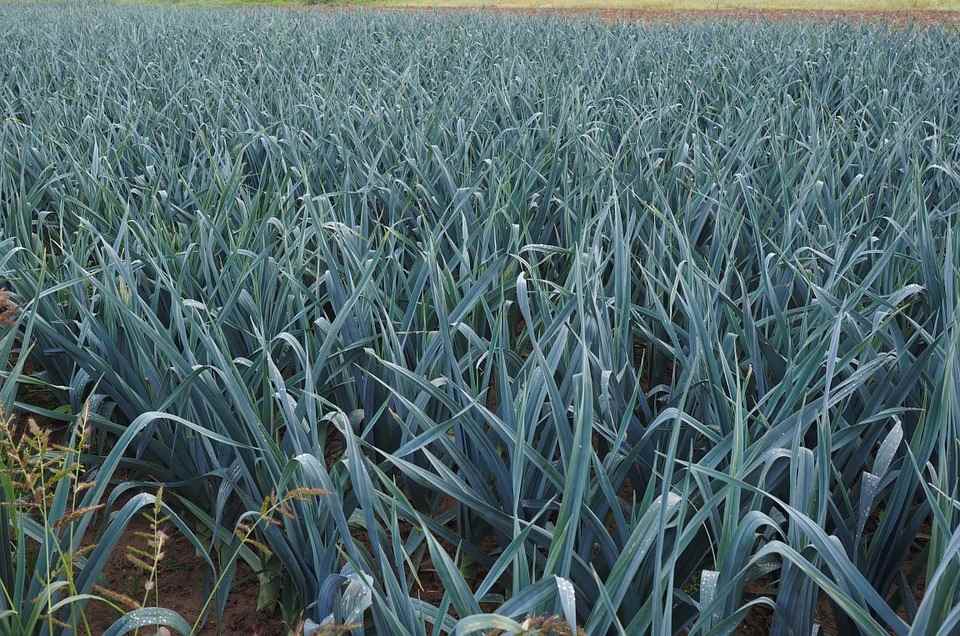
Tips for vegetable production in winter
- Winter vegetable plants don’t need as much water because of the moisture they get from winter rain and snow. Also, since there’s less sunlight during the winter season, the soil doesn’t dry out as quickly. Water your vegetable plants occasionally if you’re experiencing a winter dry spell or if the soil they’re in is particularly dry.
- Avoid watering your vegetables when it’s below temperature 40 °F (4 °C). If you live somewhere that has freezing temperatures all winter, make sure you thoroughly water vegetables in the fall before winter starts.
- Mulch is a ground cover to suppress weeds and conserve water in crop production. It can be used during the growth of a crop or overwinter. It can be used around shrubs and trees. Will protect the soil from inclement weather conditions and reduce nutrient run-off. The following mulches will not kill perennial weeds if laid after August but they will kill off grass and weeds if left covering the soil for a year. They are Black plastic, Myopex and Old carpet.
- The right time to harvest winter vegetables depends on what kind they are and when you planted them. Check on your vegetables regularly and harvest them from their winter shelters then they don’t spoil. Root vegetables such as carrots, radishes, and beets can be harvested whenever they reach a usable size.
- Harvest leafy greens when the plant leaves are small or medium-sized and tender. Don’t let them grow too large or they could increase a bitter taste.
That’s all folks about growing vegetables in winter season. You may be interested in Small Vegetables Garden Ideas for Indians.